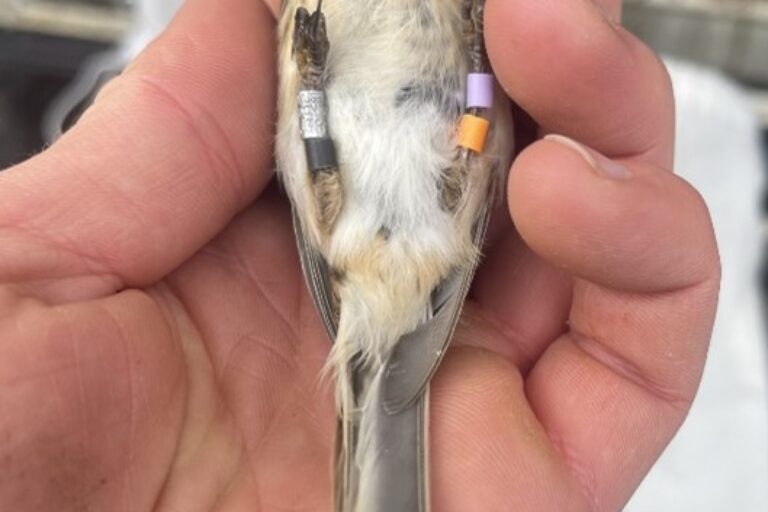
Have you seen these rings?
Sharp-eyed Scots are being asked to look out for Twites wearing colourful rings as part of a new con...
Learn more about our activity in Shetland – the local team, our target species, and what we’re doing to help them.
| In Shetland, we have a team of two Species on the Edge officers, Gareth and Harry, who are working closely with local communities and crofters to secure a future for nine nationally rare and vulnerable species.
Our activity
|
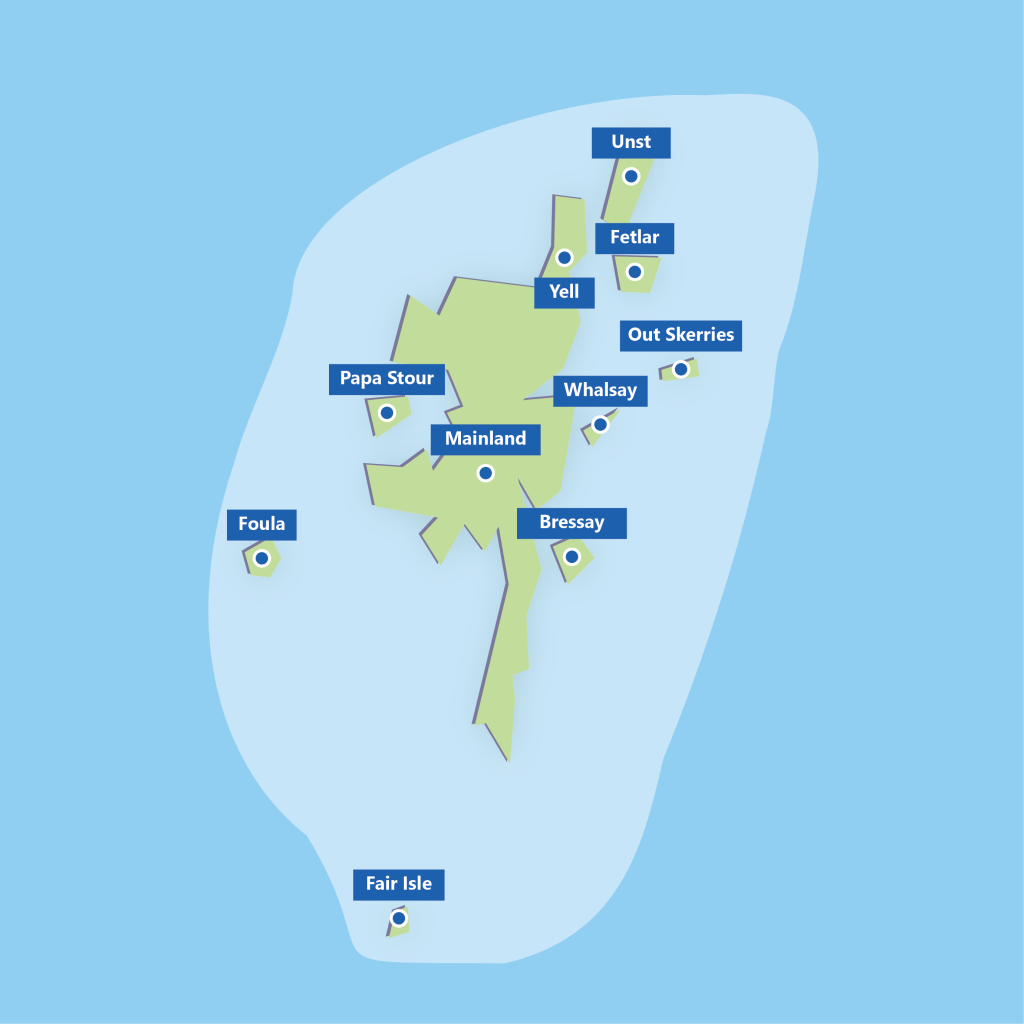 |
Our species
|
|
|



Sharp-eyed Scots are being asked to look out for Twites wearing colourful rings as part of a new con...
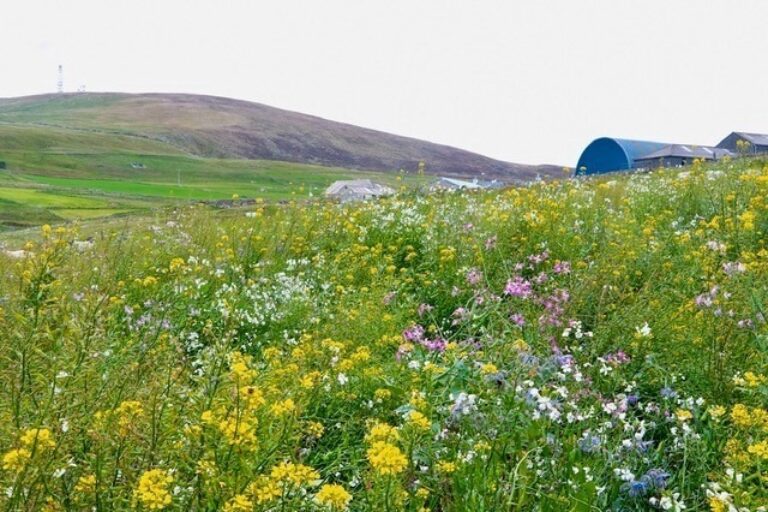
Watch our January 2025 talk: 'Crop management for linties and pollinators'...
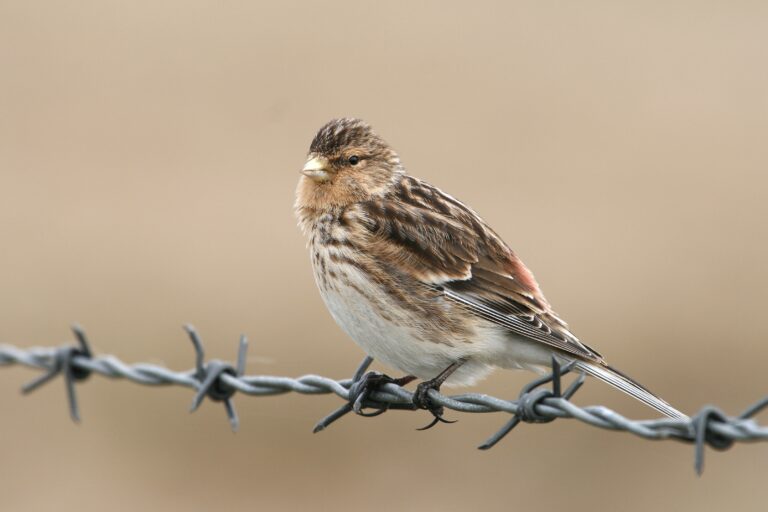
Learn more about our work supporting twite in Shetland, and learn how you can get involved....
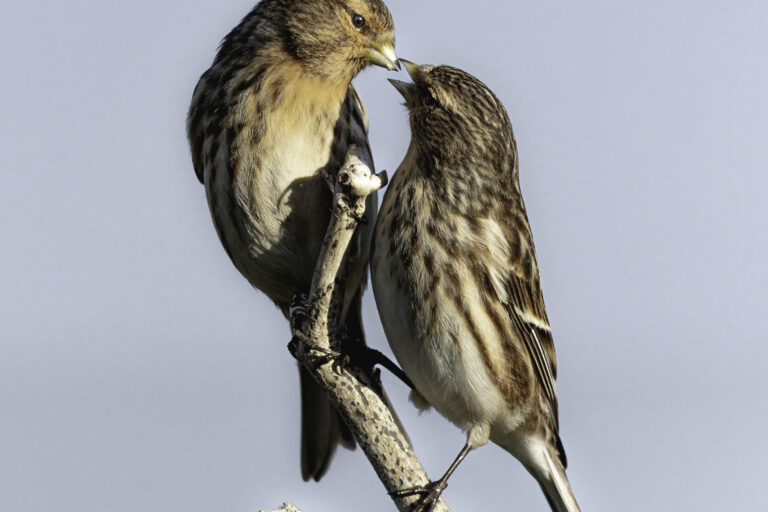
Find out how we are working with crofters in Shetland to provide a vital lifeline for Linties in the...

Learn more about our colour ringing project to monitor and learn more about Shetland's Linties....
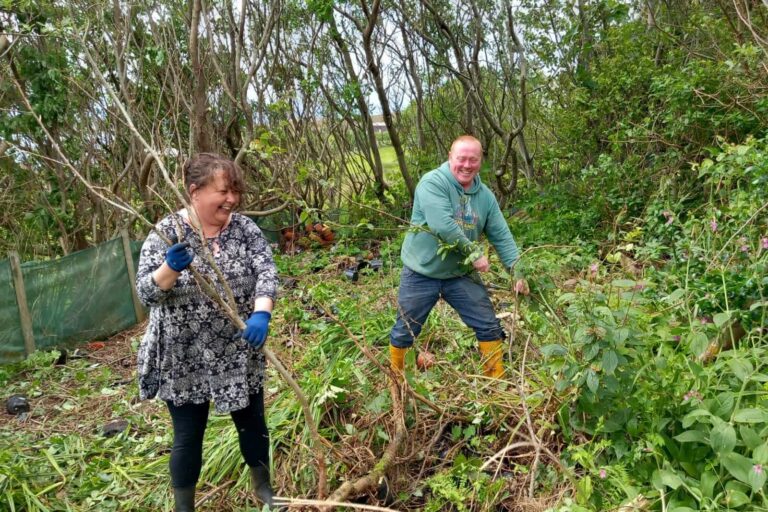
Learn more about what our Shetland team got up to over the summer of 2024....
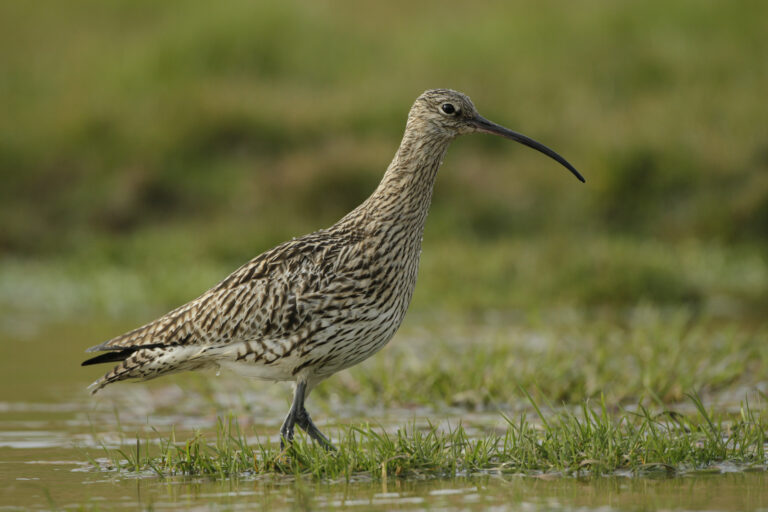
Join us in Golspie and learn all about gardening for butterflies...
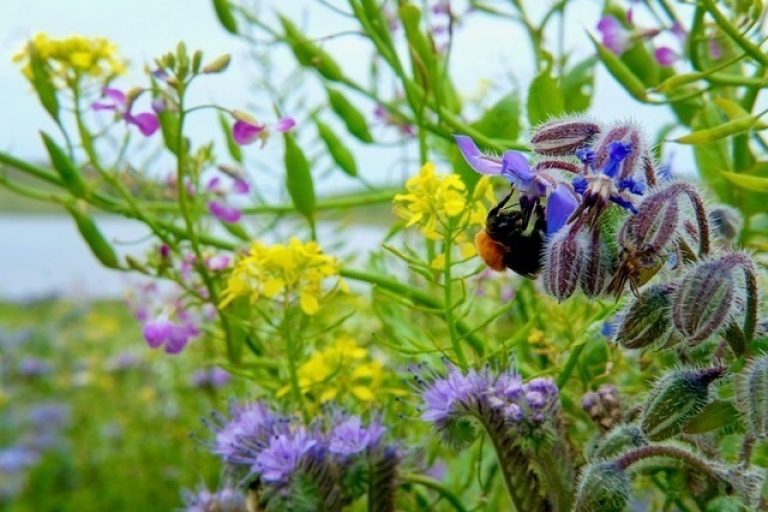
Learn about wildlife crops and how you can support biodiversity on your croft...
Species on the Edge can provide free advice to help you identify what you have on your land and how to protect it. Get in touch with our Shetland Project Officer, Gareth, who can discuss your options and possible funding.
Scrapes are temporary shallow pools that gradually dry out through the spring and summer. They provide valuable feeding habitat for a wide range of birds, but particularly breeding waders such as lapwing and curlews.
Scrapes can be created by reducing drainage from natural depressions, or by excavating shallow pools. Important features are shallow slopes, plenty of edge and deeper points sufficient to hold water through until June. Learn more about scrapes: Scrapes | RSPB.
The great thing about creating scrapes on your land (beyond providing valuable habitat for your local wading birds) is that you can still keep sheep grazing on your land, and Species on the Edge might be able to pay for the work! Get in touch to find out more.
In Shetland, we are supporting crofters to grow crops which benefit pollinators in the summer and farm birds, such as linties (twite), in the winter. We have developed a bird mix that is specially designed for Shetland and have already planted seven plots across four different crofts, as well as five plots on Fair Isle. Get in touch to get involved.
Crucial to our work at Species on the Edge is learning as much as we can about our priority species, so that this information can then inform the action we take to support them. And you can help! We are providing free training so that people all over Shetland can help us learn more about the islands’ most vulnerable flora and fauna. If you are interested in our team conducting surveys on your land, or you are interested in learning how to do it yourself, get in touch.
What: If you manage land in Shetland – a large garden, a croft or a farm – you may have suitable ground to cultivate a seed crop to provide a food source for Twite next winter.
When: Plan between January and April. Prepare the ground in May and sow before 15th June.
How: Contact Project Officer Harry (harry.britton@rspb.org.uk) to discuss your options. A member of staff can visit and advise you and support your project.
What: Help us build our knowledge of Twites in Shetland: their number, where they are and how they move across the islands by recording your sightings, as and when you encounter them.
When: Year round
How: Keep an eye out and listen for Twites when you are out in your garden or on a walk in Shetland. Record sightings (number of birds, location, date, weather conditions and habitat) and send data to RSPB. A recording sheet is available. Report colour-ringed birds.
Skills required: An ability to identify Twite. Training can be provided.
Register: Species on the Edge volunteer team member
What: Help us monitor Twite crops in Shetland to better understand seed supply, how birds are using the crops and how the number of birds changes over time, so as to inform future conservation measures.
When: October-March
How: Carry out 30-minute watches of your assigned crop every 2-4 weeks on calm, dry days, and record the number of Twites present. Assess the seed supply in the plot using a recording sheet.
Skills required: An ability to identify Twite confidently and follow standard survey instructions. Training will be provided.
Register: Species on the Edge volunteer team member
What: Designed for land managers to take part in recording species on their croft or farm, the calendar is a simple recording scheme to monitor the abundance of Twite in a crop during the winter.
When: October-March
How: Count the number of Twite in your crop once a week and record the maximum number present, and the date, time and weather conditions.
Skills required: An ability to identify Twite. Training can be provided.
Don’t think you have much wildlife on your land? We are more than happy to have a conversation with you about what you can do.